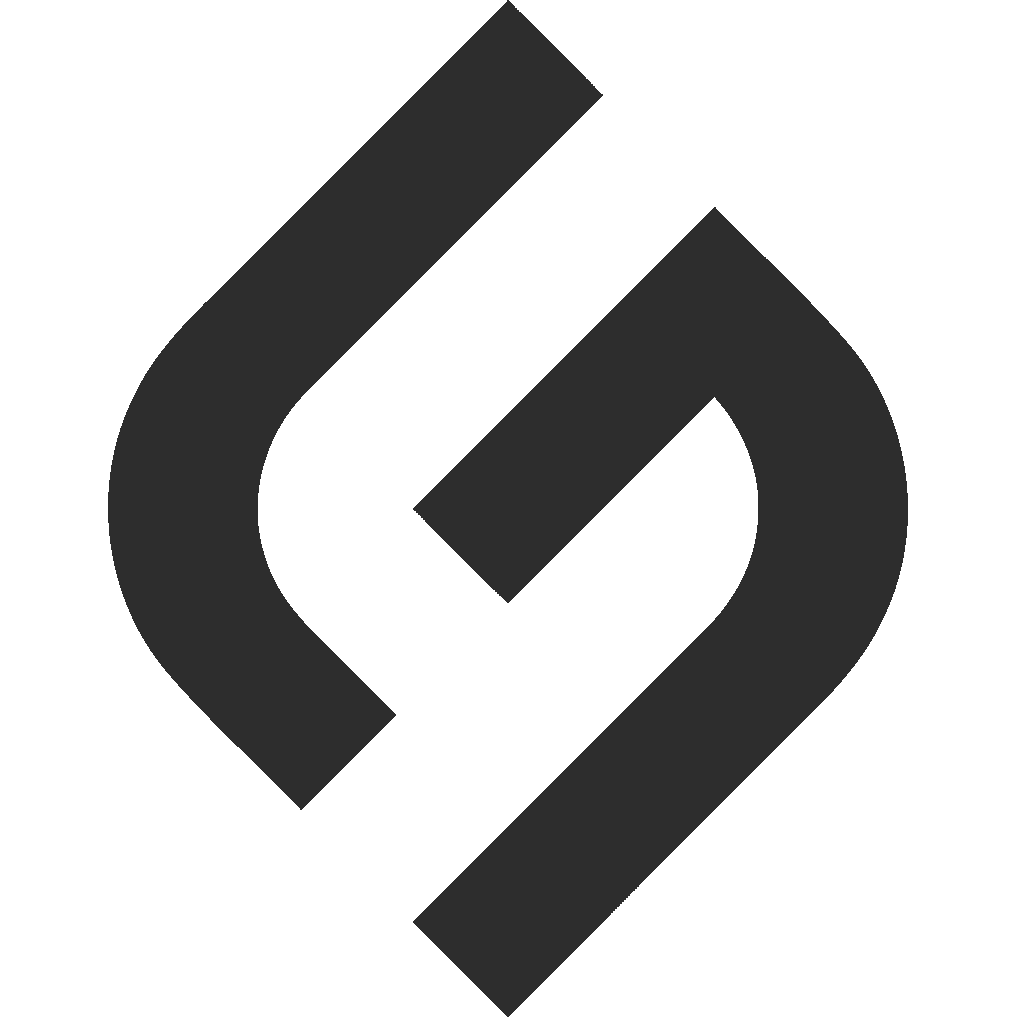How to Integrate monday.com with Slack, Gmail, and Outlook
Overview
Integrating monday.com with your communication tools like Slack, Gmail, and Outlook helps your team stay informed, aligned, and efficient—without switching platforms. These integrations let you send alerts, trigger actions, and sync information automatically.
This article walks you through how to connect and configure integrations with Slack, Gmail, and Outlook, along with popular use cases and tips for success.
? Getting Started with Integrations
- Open the board where you want to add the integration.
- Click “Integrate” from the board’s top menu.
- Browse or search for the app (Slack, Gmail, Outlook).
- Click the integration and connect your account when prompted.
- Choose a recipe (pre-built automation), customize it, and activate.
?️ Note: You may need admin permission to enable certain integrations.
? Slack Integration
? Common Use Cases
- Get real-time Slack notifications when task status changes.
- Send updates to Slack channels or users when items are created.
- Receive reminders for approaching deadlines or due dates.
? Setup Steps
- Click “Integrate” on your board.
- Select Slack.
- Connect your Slack account and workspace.
- Choose a recipe, such as: “When status changes to X, send a message to #channel.”
- Customize the message with dynamic fields like
{item.name}or{date}. - Click Add to Board.
✅ Example Recipes
- “When status changes to Done, send message to #project-complete.”
- “When date arrives, notify @user in Slack.”
- “When a new item is created, send item name to a specific Slack user.”
? Gmail Integration
? Common Use Cases
- Send automatic emails when a task is created or status changes.
- Trigger email alerts based on dates or priorities.
- Use item details to personalize emails.
? Setup Steps
- Go to Integrate > Select Gmail.
- Log in to your Gmail account and allow access.
- Choose a recipe, such as: “When a status changes to X, send an email to someone.”
- Configure email subject and body using dynamic values.
- Save the recipe.
✅ Example Recipes
- “When status changes to Needs Approval, send email to reviewer.”
- “When a new item is created, send an onboarding email to {email}.”
- “Every Monday, send an email with this board’s summary.”
? Tip: Use the Email column to send emails to specific addresses tied to items.
? Outlook Integration
? Common Use Cases
- Send emails automatically via Outlook.
- Notify stakeholders about progress or updates.
- Schedule recurring status updates.
? Setup Steps
- Click “Integrate”, then choose Outlook.
- Log in with your Microsoft account and approve permissions.
- Select a recipe, such as: “When item is created, send an email to someone via Outlook.”
- Customize subject line, message body, and dynamic fields.
- Activate and test the integration.
✅ Example Recipes
- “When priority is High, send email to manager.”
- “When status changes to Completed, send client confirmation email.”
- “When a date arrives, email progress update via Outlook.”
✅ Outlook and Gmail integrations work similarly. Choose the one your organization uses.
? Tips for All Integrations
- Use dynamic fields like
{item.name},{person},{date}, or{status}to personalize messages. - Test each integration with a sample item to ensure accuracy.
- Set clear naming conventions for integrations so they’re easy to manage later.
- Combine integrations with automations for powerful workflows (e.g., change status + send Slack message + send email).
? Monitoring & Managing Integrations
- Go to “Integrate” > “Board Integrations.”
- View all active recipes.
- Click the three-dot menu (⋮) to edit, duplicate, or delete.
- Use toggles to enable/disable individual recipes as needed.
? Best Practices
- Avoid redundancy: Don’t send the same notification to both Slack and email unless necessary.
- Segment by role or team: Notify only relevant stakeholders.
- Log communication history in monday.com using the Updates section for transparency.

